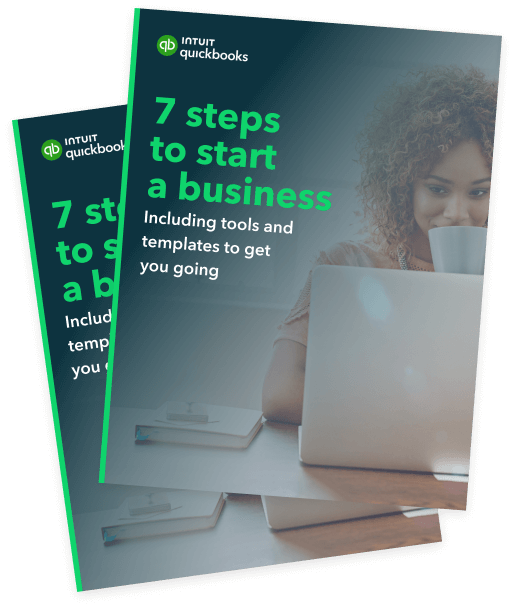The Financial Accounting Standards Board (FASB) has formulated certain widely accepted rules, standards, or procedures for companies to report accounting information. These are called generally accepted accounting principles (GAAP) that are used by companies to prepare financial statements to record and report accounting information.
As per GAAP, every business entity is required to prepare the balance sheet at the end of an accounting period along with the other fundamental financial statements, including profit and loss as well as cash flow statements.
These financial statements provide useful information to both internal and external stakeholders regarding financial soundness, performance, and changes in the financial position of a business entity. So, a simple balance sheet gives a true and fair view of your business’s financial position.
In this article, you will learn:















